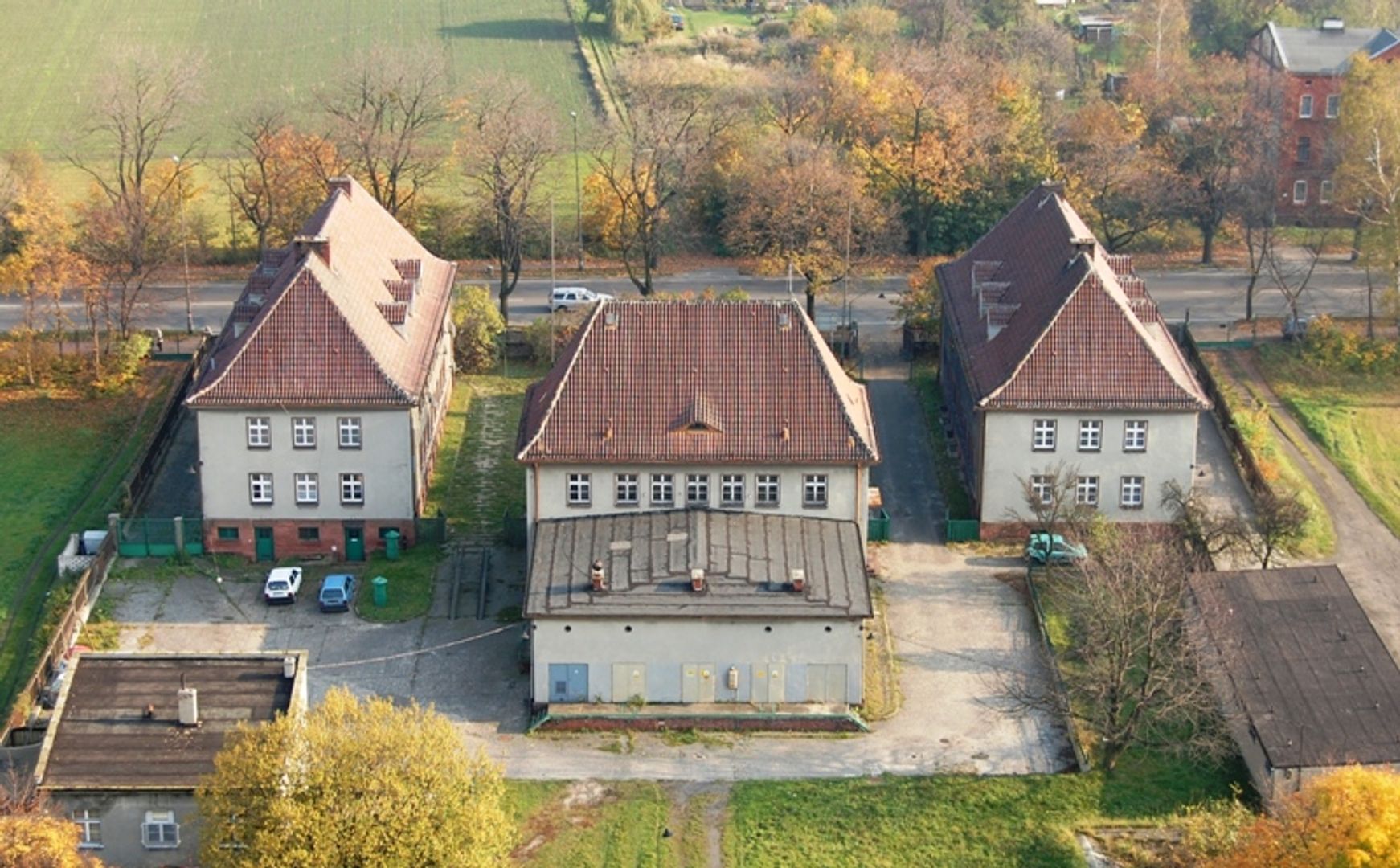Gliwice Radio Station
6.33

Overview
The Gliwice Radio Station, built between 1934 and 1936, is one of the most important technical structures in Poland and the tallest wooden transmission tower in the world. Standing at 111.1 meters, it was constructed using larch wood joined with 16,000 brass screws, making it a unique structure without any steel nails. The tower features four platforms at different heights, and its parabolic shape and concrete foundations highlight the advanced engineering of the 1930s.
The radio station played a strategic role in propaganda efforts, especially before World War II, when it was used to broadcast programs promoting German authority. Notably, on August 31, 1939, the Gliwice provocation took place here, which served as a pretext for Germany's invasion of Poland. The facility was handed over to Polish authorities on May 25, 1945. In 1950, the station began jamming transmissions from Radio Free Europe.
After the war, the radio station went through various phases of use, from broadcasting local programs to producing transmitters for regional stations. In 2005, the facility was taken over by the Museum in Gliwice and now serves educational purposes, preserving its rich technical heritage dating back to before 1935. The park surrounding the tower, with free access and a modern lighting system, hosts numerous cultural events. The tower continues to serve a technological function, supporting antennas for various services.
The Gliwice Radio Station combines architectural, historical, and social significance, bearing witness to key events in Polish history and remaining an essential landmark in the cultural landscape of the region.
Location
Tickets
Powered by GetYourGuide
2025 Wizytor | All Rights Reserved